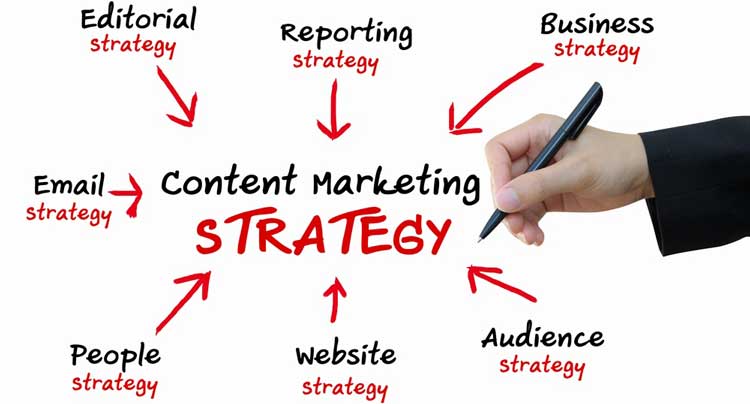No matter how much time and energy you put into your SEO content marketing strategy, your blog posts can still fall short if you neglect best practices. In most cases, this comes down to several simple errors, such as:
- Your content targets too general an audience
- You rarely release anything unique
- Your titles don’t inspire clicks
- Your blog lacks consistency
- Users are unsure how to act after consuming your content
Clearly, none of the above are good reasons to give up on your SEO content marketing strategy entirely; rather, you need to adapt your efforts to create great content that does result in conversions. Here are a few ideas to turn your posts around.
1. Build Buyer Personas
When you create content, you must have a clear idea of exactly who you are targeting, and the best way to achieve this is by building buyer personas. Once you have gathered the essential information about your prospects and customers, this becomes a reasonably simple task. The exact criteria you require will depend on the products or services you offer, but you may like to capture data such as:
- Job title and industry
- Professional goals
- Skills and knowledge
- Age
- Level of education
- Challenges
- Any relevant personal demographics
2. Use Brainstorming Worksheets
To publish a couple pieces of content a week, you will, over time, need a huge number of ideas. One way to simplify the process is with brainstorming worksheets. HubSpot offers an outline, which they call a content brainstorming key, but you can also use the document for inspiration to create your own. Such worksheets will enable you to derive several ideas from a single topic, giving you several potential blog posts that you can use over the upcoming months.
3. Create Clickable Titles
An aspect of blog posts that is often overlooked is the title, despite being equally important as (if not more important than) the content itself. Headlines tell users why they should click on a post; they need to inspire a sense of urgency, advertising that, should readers put off reading a post until later, they will be missing out on vital information. Even if the content that follows is unique, fascinating, and useful, poor titles lead to content going largely unread.
Here are a few ways to create titles that increase clicks:
- Keep them short. Users scan headlines just as they scan content. Use as few words as possible to ensure that you communicate your point.
- Take a controversial angle.
- Use numbers; for instance, to introduce a list.
- Explain why users need the following information, perhaps in the form of a warning or promise of a benefit.
- Ask a pressing question.
- Include powerful words, such as free, latest, limited, affordable, expert, simple, emerging, or better.
4. Incorporate an Editorial Calendar
An editorial calendar helps you stay organized, making sure you release a strategic mix of ideas and types of content. Input your ideas from your brainstorming worksheets, along with their corresponding titles, into a spreadsheet that details when you intend to publish, what format the blog post will take, who will create the content, and other essential information.
There is a fine line between publishing too little content and too much. Release posts too infrequently and your prospects will soon forget about you; publish too often and you risk sacrificing quality, running out of ideas, and overwhelming your audience. Analyze data relating to engagement and conversions to determine optimal posting times and frequency.
5. Focus on CTAs
Finally, you can increase your conversions by adding relevant calls-to-action (CTAs) that offer your audience the chance to receive additional information for free. Not only will this be appealing to your prospects, it will also enable you to gather email addresses and other information to advance your content marketing efforts.
The above ideas involve just a few simple changes to your current SEO content marketing strategy, but all of them can have a huge impact. Success relies on knowing your audience well and having the creativity to provide prospects with exactly what they want, when they want it. Closely monitor results and adapt your SEO content marketing strategy accordingly for the best possible results.






